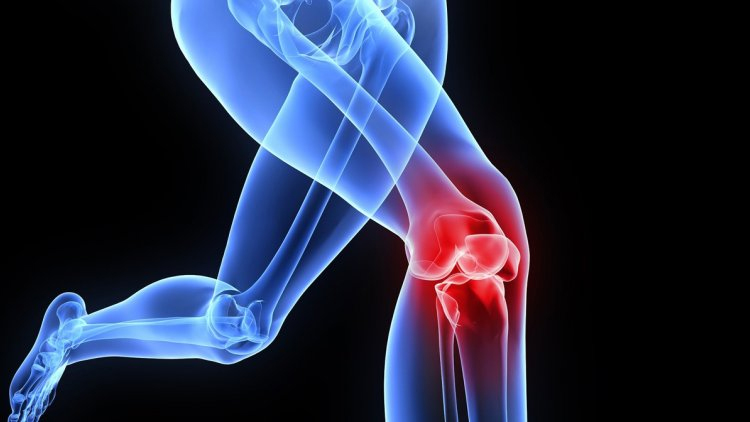Articular cartilage repair surgery

Articular cartilage is the smooth, white tissue that covers the ends of bones where they come together to form joints. Healthy cartilage in our joints makes it easier to move. It allows the bones to glide over each other with very little friction.
Articular cartilage can be damaged by injury or normal wear and tear. Because cartilage does not heal itself well, doctors have developed surgical techniques to stimulate the growth of new cartilage. Restoring articular cartilage can relieve pain and allow better function. Most importantly, it can delay or prevent the onset of arthritis.
Surgical techniques to repair damaged cartilage are still evolving. It is hoped that as more is learned about cartilage and the healing response, surgeons will be better able to restore an injured joint.
Many procedures to restore articular cartilage are done arthroscopically. During arthroscopy, your surgeon makes three small, puncture incisions around your joint using an arthroscope.
Some procedures require the surgeon to have more direct access to the affected area. Longer, open incisions are required. Sometimes it is necessary to address other problems in the joint, such as meniscal or ligament tears, when cartilage surgery is done.
In general, recovery from an arthroscopic procedure is quicker and less painful than a traditional, open surgery. Your doctor will discuss the options with you to determine what kind of procedure is right for you.